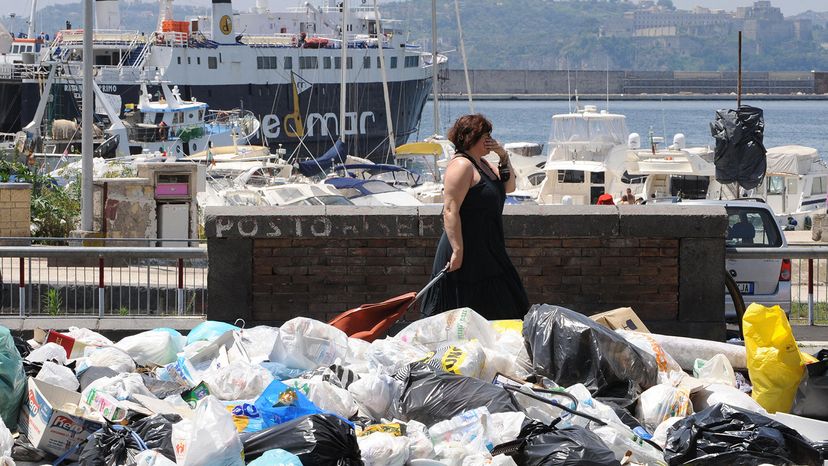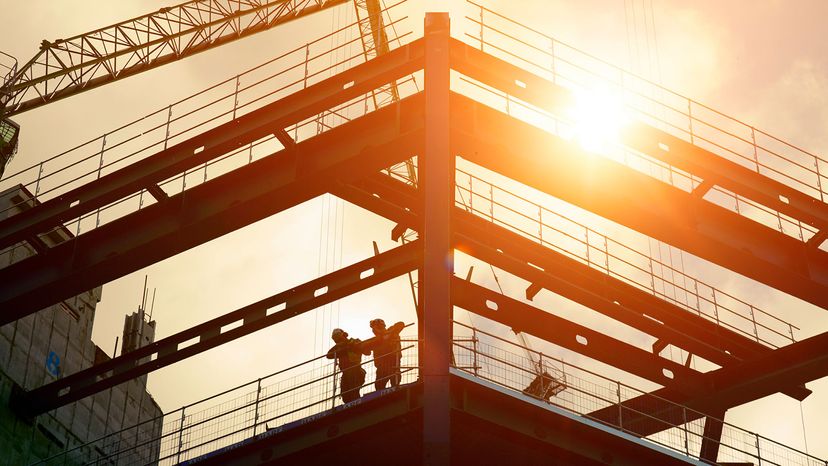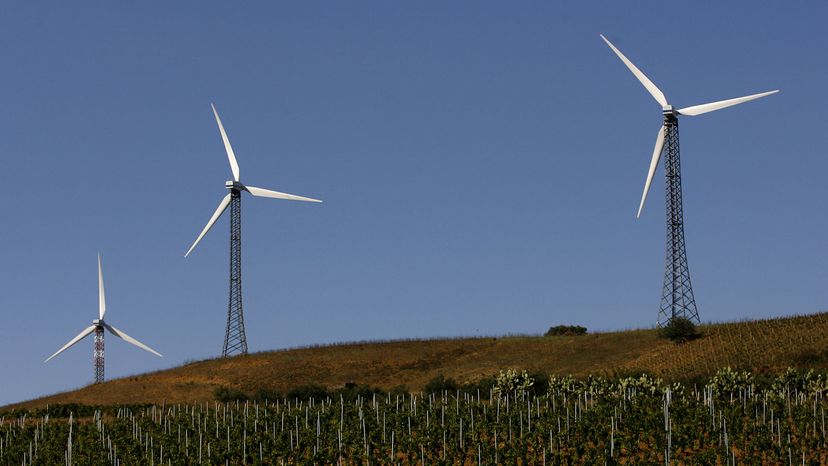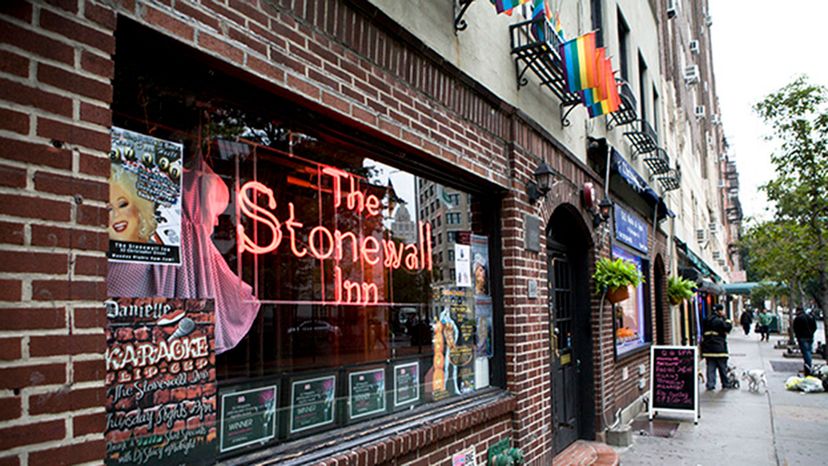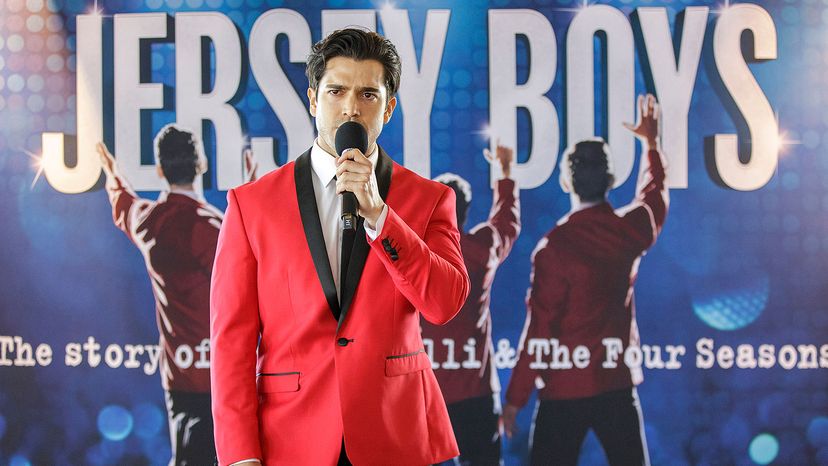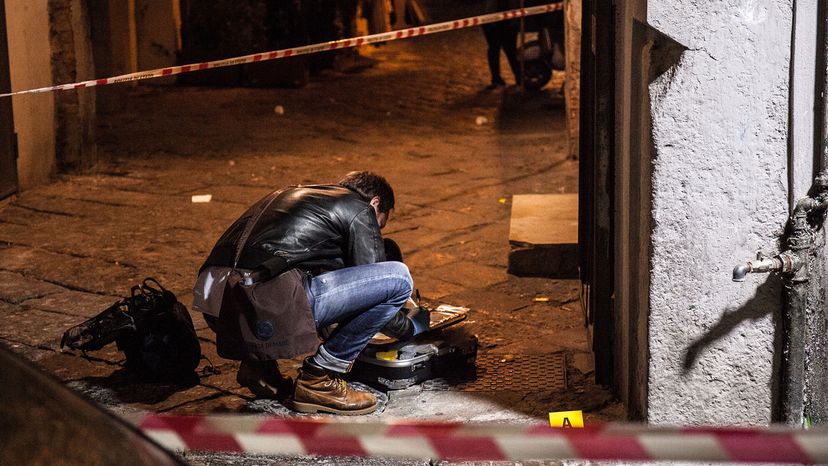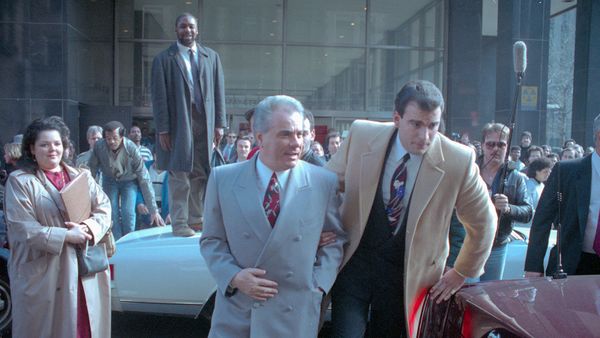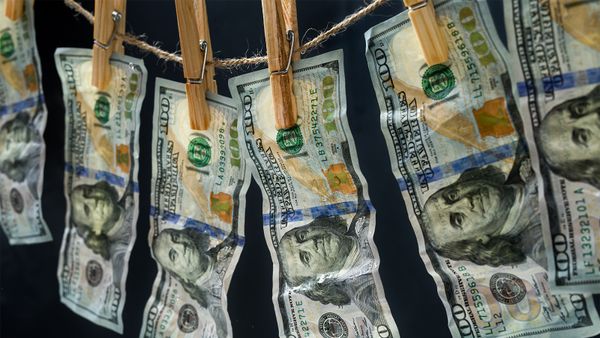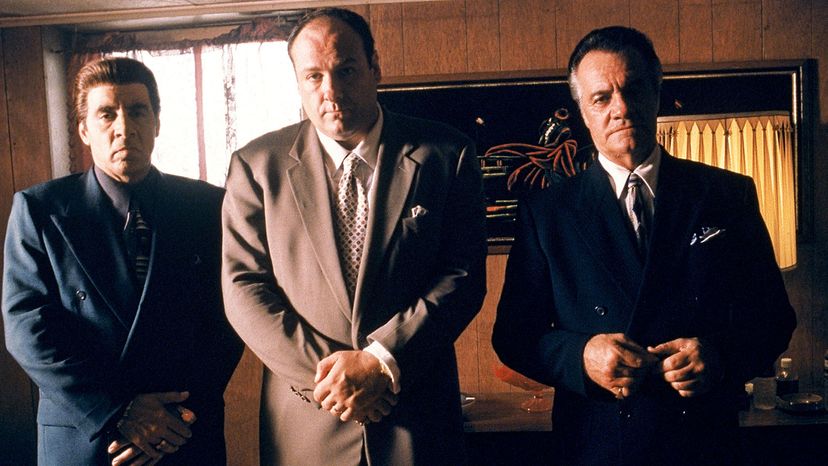
One of the most interesting episodes in the HBO series "The Sopranos" was in season 6: Two Mafia goons, Burt and Patsy, try to shake down a new coffee shop in a neighborhood where their crew collects money in exchange for "protection." But the coffee place is a corporate-owned franchise, and the manager explains that he has no access to the money; he couldn't give it to them if he wanted to. When they threaten him, he explains threats to the store or to his own safety probably won't matter much to the larger corporation. Leaving the shop empty-handed, one of the mobsters hangs his head and says, "It's over for the little guy."
The scene illustrates perfectly the outlook for the little Mafioso, too. If the past two decades have taught us anything, it's that corporate control and efficiency are just the things to loosen the Mafia's grip of extortion. But is the same true for traditional Mafia-run businesses?
Advertisement
Organized criminals have long invested in legitimate business as both a base of operations and a means of laundering money from illegal activities such as drug trafficking, weapons dealing, prostitution, smuggling, counterfeiting and robbery. The Mafia favors unregulated or cash-based businesses that require the strength and stomach to do things members of polite society avoid. Waste management, for example, has become so strongly tied to organized crime that in some parts of the country the term "sanitation crew" might as well be synonymous with "the Mob."
Even as Mob types have gained higher profiles on TV and in movies, there's still the perception that the actual Mob is less present or relevant than it was in the past. In the digital age, cash businesses are more transparent, which makes it harder to strong-arm the competition. The law seems more adept at catching these criminals, and a slew of high-profile indictments have made headlines, beginning with the famous cases brought by Manhattan attorneys Rudy Giuliani in the 1980s and Robert Morgenthau in the 1990s, and leading up to former U.S. Attorney General Eric Holder's 2011 historic roundup of members of New York's "Five Families" (Bonanno, Colombo, Gambino, Genovese and Luchese) [source: Rashbaum].
Membership in the Italian Mafia, aka La Cosa Nostra, is said to have dropped to 3,000 in Italy and another 3,000 in the U.S. [sources: Goldhill, The Week]. Even the killings are down. The Mafia's murder rate in Italy fell by 80 percent between 1992 and 2012 [source: Davies Boren]. In 2020, just 28 murders in Italy were Mafia-related, compared with 527 between 1988 and 1992 [source: Frate]. Law enforcement officials say violent organized crime is down in the U.S., too. Given this information, it's easy to get the impression that some of the Mafia's power has diminished.
That impression, it turns out, is a myth. While traditional criminal activities have waned, the Mafia has adapted to the times and is finding ways to thrive in today's economy. It might have a lower profile, but in some industries (and union halls and political back rooms) the Mafia still has sway. Let's take a look at some of the business and industries that have historically been controlled by the Mafia and see whether they are still connected today.
